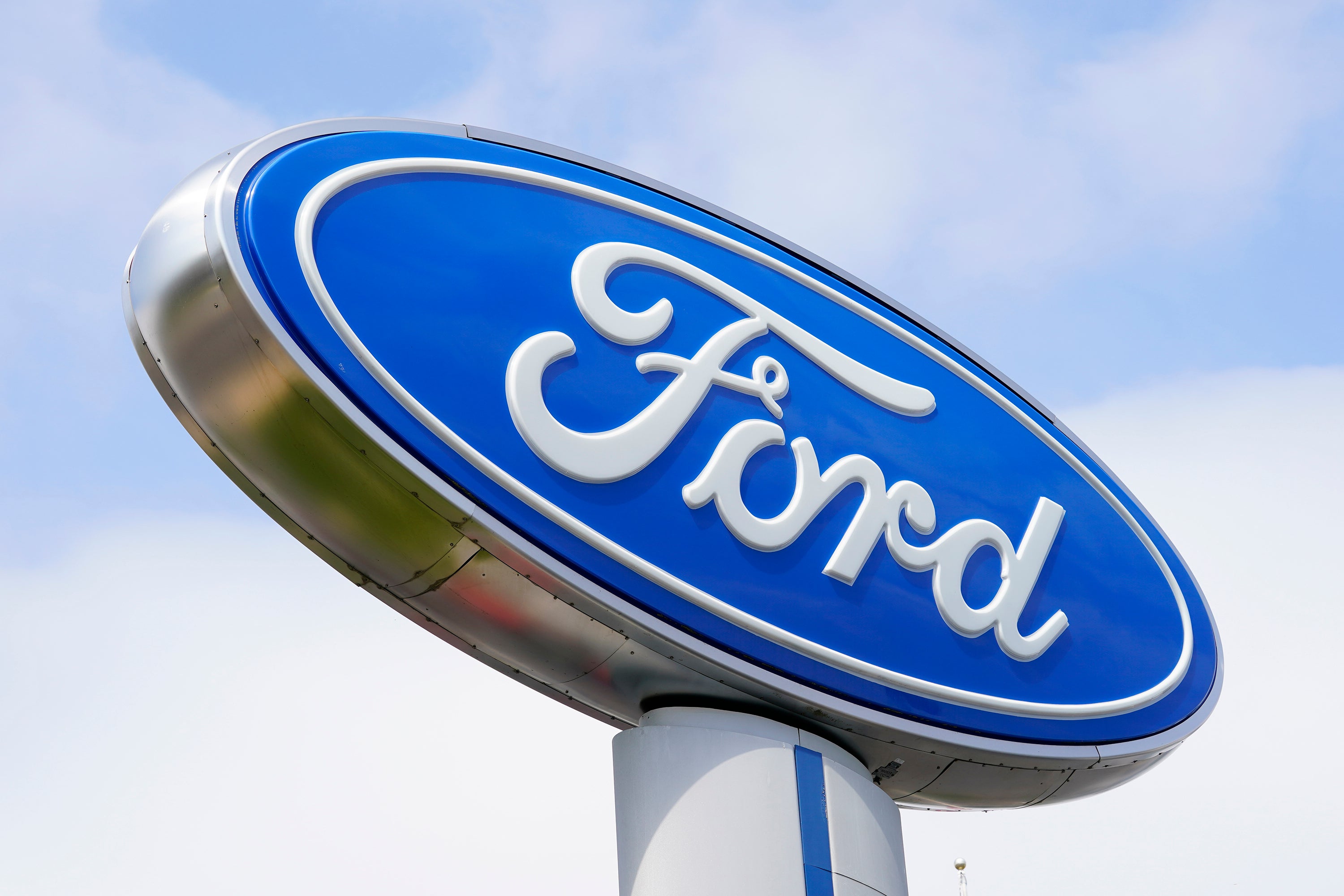Driver of electric Ford SUV was using automated system before fatal Texas crash, investigators say
Federal investigators say the driver of a Ford electric SUV involved in a February fatal crash in Texas was using the company’s partially automated driving system before the wreck

Your support helps us to tell the story
From reproductive rights to climate change to Big Tech, The Independent is on the ground when the story is developing. Whether it's investigating the financials of Elon Musk's pro-Trump PAC or producing our latest documentary, 'The A Word', which shines a light on the American women fighting for reproductive rights, we know how important it is to parse out the facts from the messaging.
At such a critical moment in US history, we need reporters on the ground. Your donation allows us to keep sending journalists to speak to both sides of the story.
The Independent is trusted by Americans across the entire political spectrum. And unlike many other quality news outlets, we choose not to lock Americans out of our reporting and analysis with paywalls. We believe quality journalism should be available to everyone, paid for by those who can afford it.
Your support makes all the difference.The driver of a Ford electric SUV involved in a February fatal crash in Texas was using the company's partially automated driving system before the wreck, federal investigators said Thursday.
Data from the 2022 Mustang Mach E SUV showed that Ford's “Blue Cruise” driver-assist system was in use ahead of the Feb. 24 crash, according to a preliminary report released Thursday by the National Transportation Safety Board.
The crash is one of two recent fatal wrecks involving Ford Mustang Mach Es that are under investigation by the NTSB and the National Highway Traffic Safety Administration, which often send teams to probe incidents involving automated technology.
The NTSB can only make recommendations, but NHTSA has the authority to take action including seeking recalls for safety issues.
In both cases, the Mach Es hit vehicles stopped on freeways at night, and neither the driver nor the system were able to prevent the collisions. Ford says on its website that its driving systems do not replace human drivers, who have to be ready to take control at any time.
The Texas crash occurred on Interstate 10 in San Antonio. The NTSB report says the Mach E struck the rear of a 1999 Honda CR-V that was stopped in the middle of three lanes around 9:50 p.m. The 56-year-old driver of the CR-V was killed.
Another driver who was able to avoid the CR-V told investigators that neither its tail nor hazard lights were working at the time.
The agency said it intends to issue safety recommendations to prevent similar crashes. It has said it opened the probe due to continued interest in advanced driver assistance systems and how vehicle operators interact with the new technology.
The other crash involving a Mach E killed two people around 3:20 a.m. March 3 in the northbound lanes of Interstate 95 in Philadelphia.
The Pennsylvania State Police said Thursday that a Mach E was in the left lane when it struck a stationary Hyundai Elantra that earlier had collided with a Toyota Prius.
The Mach E hit the Hyundai, pushing it into the rear of the Prius. During the crash, the driver of the Prius, who was outside of his vehicle, also was struck and thrown into the southbound lanes, the release said.
A police spokeswoman said a person from the Hyundai also was on the roadway and was hit. Both victims, males ages 21 and 20, were pronounced dead at the scene.
A police news release on the crash says a criminal investigation is under way and a charge of homicide by motor vehicle while driving under the influence is possible against the 23-year-old woman driving the Mach E.
Ford’s Blue Cruise system allows drivers to take their hands off the steering wheel while it handles steering, braking and acceleration on highways. The company says the system isn’t fully autonomous and it monitors drivers to make sure they pay attention to the road. It operates on 97% of controlled access highways in the U.S. and Canada, Ford says.
There are no fully autonomous vehicles for sale to the public in the U.S.
Both NHTSA and the NTSB have investigated multiple previous crashes involving partially automated driving systems, most involving Tesla’s Autopilot. In past investigations, the NTSB has examined how the system functioned.